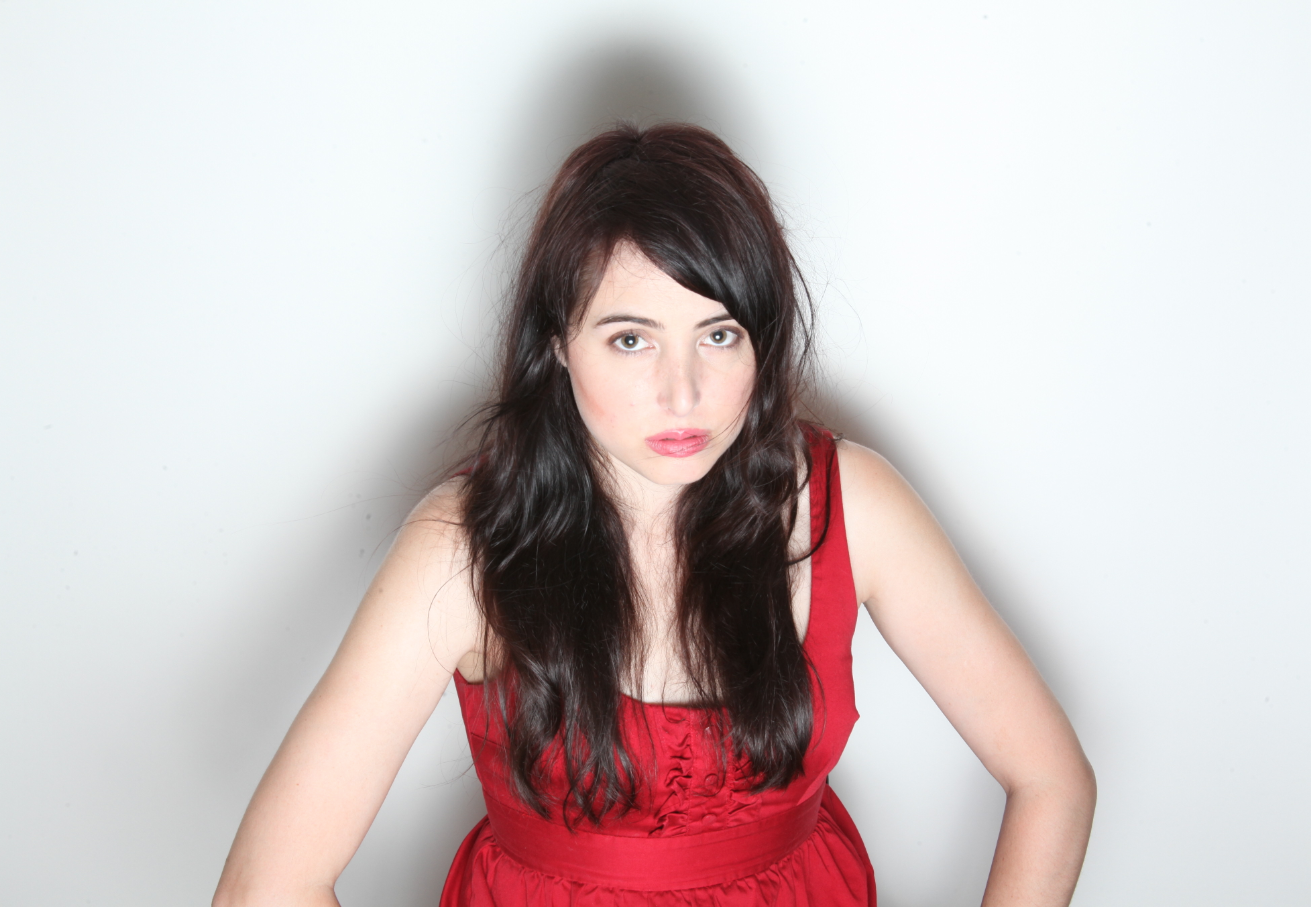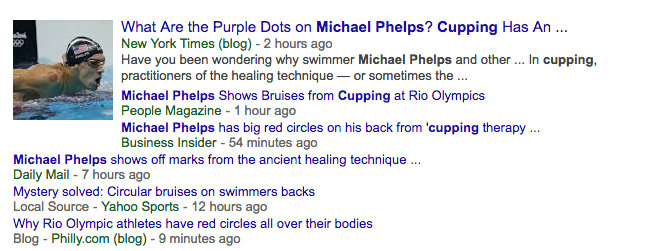Why Michael Phelps Has Big Purple Circles on His Body

By:
Much was made of Michael Phelps' return to the Olympics — and to Olympic gold — but it seems like people were just as interested in the dark circles all over his body.
 Google - google.com
Google - google.com
They're the result of a process called "Cupping"
It's seemingly simple: glass cups are heated and then suctioned onto the body, creating the dark round marks. These marks can last as long as three weeks (or much longer if the therapy is done incorrectly).
But Why?
It's a form of alternative medicine treatment from China, going back thousands of years. The supposed benefits of cupping include that it heals sore muscles, reduces muscle pain, and even improves digestion, according to Dr. Axe, a "a certified doctor of natural medicine." Many believe that cupping "draws out toxins."
Phelps is not the only athlete who believes in the practice. U.S. gymnast Alexander Naddour is also a fan of cupping, according to The New York Times, saying he bought a DIY cupping kit from Amazon:
"That’s been the secret that I have had through this year that keeps me healthy. It’s been better than any money I’ve spent on anything else."
Cupping is also popular among celebrities like Gwyneth Paltrow and Jennifer Aniston.
Does It Work?
If you're looking at science to answer the question, well, it looks like cupping works in the same way that placebos work: it's a powerful psychological effect. Modern science hasn't been able to prove cupping benefits, and studies have shown that people who know they're being treated with cupping report feeling better than those who weren't treated at all. However, for obvious reasons, ruling out the placebo effect with cupping treatments is nearly impossible.
About the Placebo Effect
A study was done in 2012 in which some patients looking to treat knee pain were treated with cupping and paracetamol and some were given only paracetamol. Those who were given cupping reported that they felt better than those who had not; however, as The New York Times points out, it wasn't possible for those treated with cupping to be treated "blindly" as you can easily feel when your knee is being suctioned with a heated glass cup. "Further studies comparing cupping with active treatments are needed," the study concluded.
"A placebo effect is present in all treatments, and I am sure that it is substantial in the case of cupping as well," says Dr. Leonid Kalichman, an expert in physical therapy at Ben-Gurion University told The Times. "A patient can feel the treatment and has marks after it, and this can contribute to a placebo effect."
